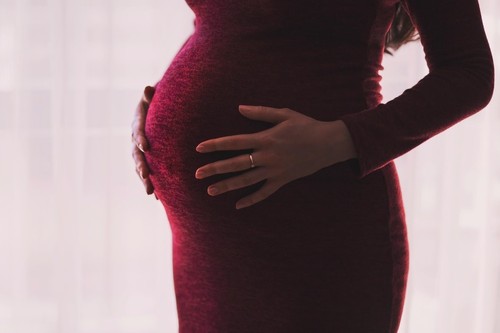AI-based analysis helps predict complications in future pregnancies
The system accurately identifies lesions associated with pre-eclampsia
September 8, 2020

The system accurately identifies lesions associated with pre-eclampsia
Researchers have developed a machine learning algorithm that analyzes placenta samples to identify potential health risks in future pregnancies.
The team from Carnegie Mellon University (CMU) says the system can help doctors identify conditions like pre-eclampsia, which can be fatal to both mother and baby.
This condition can often be recognized by the presence of lesions – called decidual vasculopathy – on slides of a placenta’s blood vessels. But since the examination required to spot these lesions is time-consuming and requires highly specialized skills, it is rarely carried out. CMU’s machine learning technique makes the process more accessible, and in internal tests, the algorithm identified lesions more accurately than professional pathologists.
Knowing where to look
“Pathologists train for years to be able to find disease in these images, but there are so many pregnancies going through the hospital system that they don’t have time to inspect every placenta,” researcher Daniel Clymer said in a statement. “Our algorithm helps pathologists know which images they should focus on by scanning an image, locating blood vessels, and finding patterns of the blood vessels that identify decidual vasculopathy.”
The team trained the algorithm to spot lesions by feeding it images of placenta samples. After determining the relative health of each blood vessel, the system then accounts for additional factors, such as the term of the pregnancy and any outstanding health concerns the mother might have. If it detects any abnormalities, the sample will be marked as diseased.
The technology isn’t expected to substitute the input of medical professionals, though, but rather make it easier for doctors to understand where best to direct their time and resources. “This algorithm isn’t going to replace a pathologist anytime soon,” Clymer said. “The goal here is that this type of algorithm might be able to help speed up the process by flagging regions of the image where the pathologist should take a closer look.”
The team also hopes the system will help bring down the often-prohibitive costs associated with placenta examinations, thereby reducing the two to eight percent of pregnancies that are complicated by pre-eclampsia.
About the Author(s)
You May Also Like


.jpg?width=700&auto=webp&quality=80&disable=upscale)
.jpg?width=700&auto=webp&quality=80&disable=upscale)
.jpg?width=700&auto=webp&quality=80&disable=upscale)
.jpg?width=300&auto=webp&quality=80&disable=upscale)
.jpg?width=300&auto=webp&quality=80&disable=upscale)
.jpg?width=300&auto=webp&quality=80&disable=upscale)
.jpg?width=300&auto=webp&quality=80&disable=upscale)
.jpg?width=300&auto=webp&quality=80&disable=upscale)